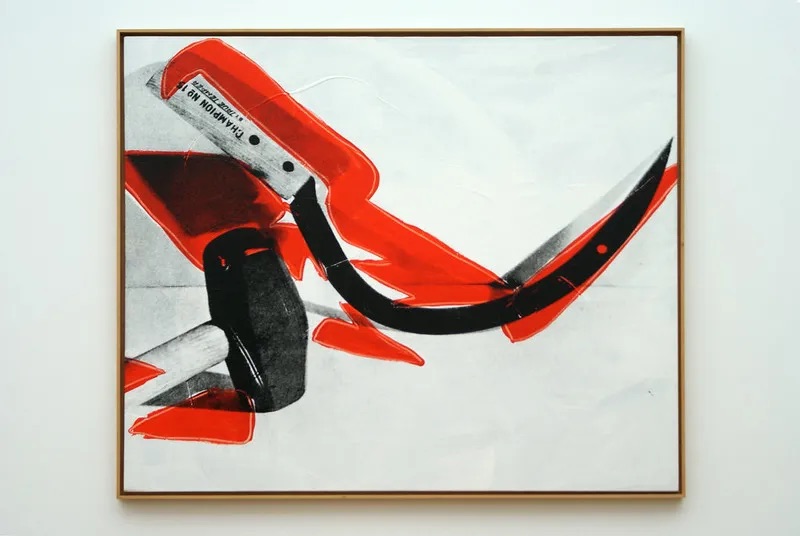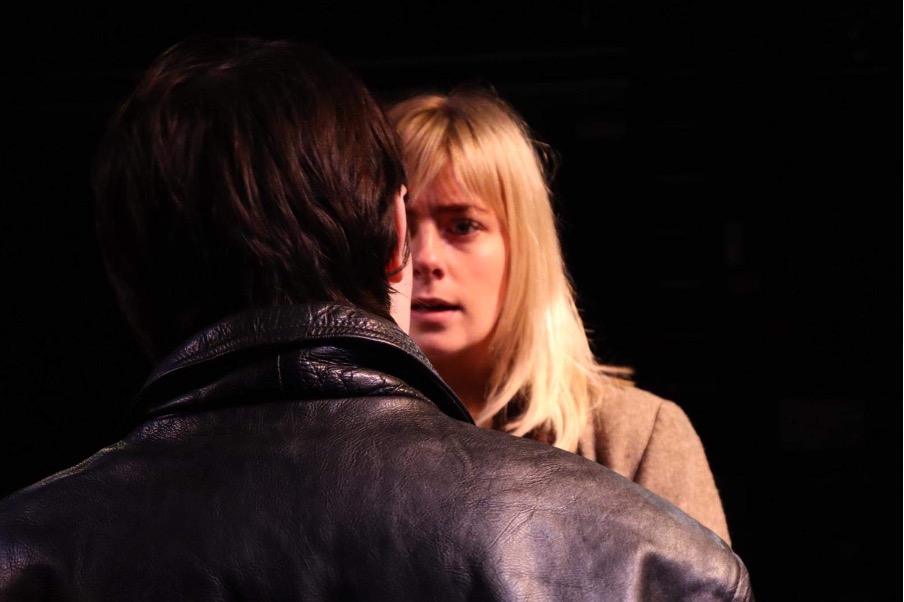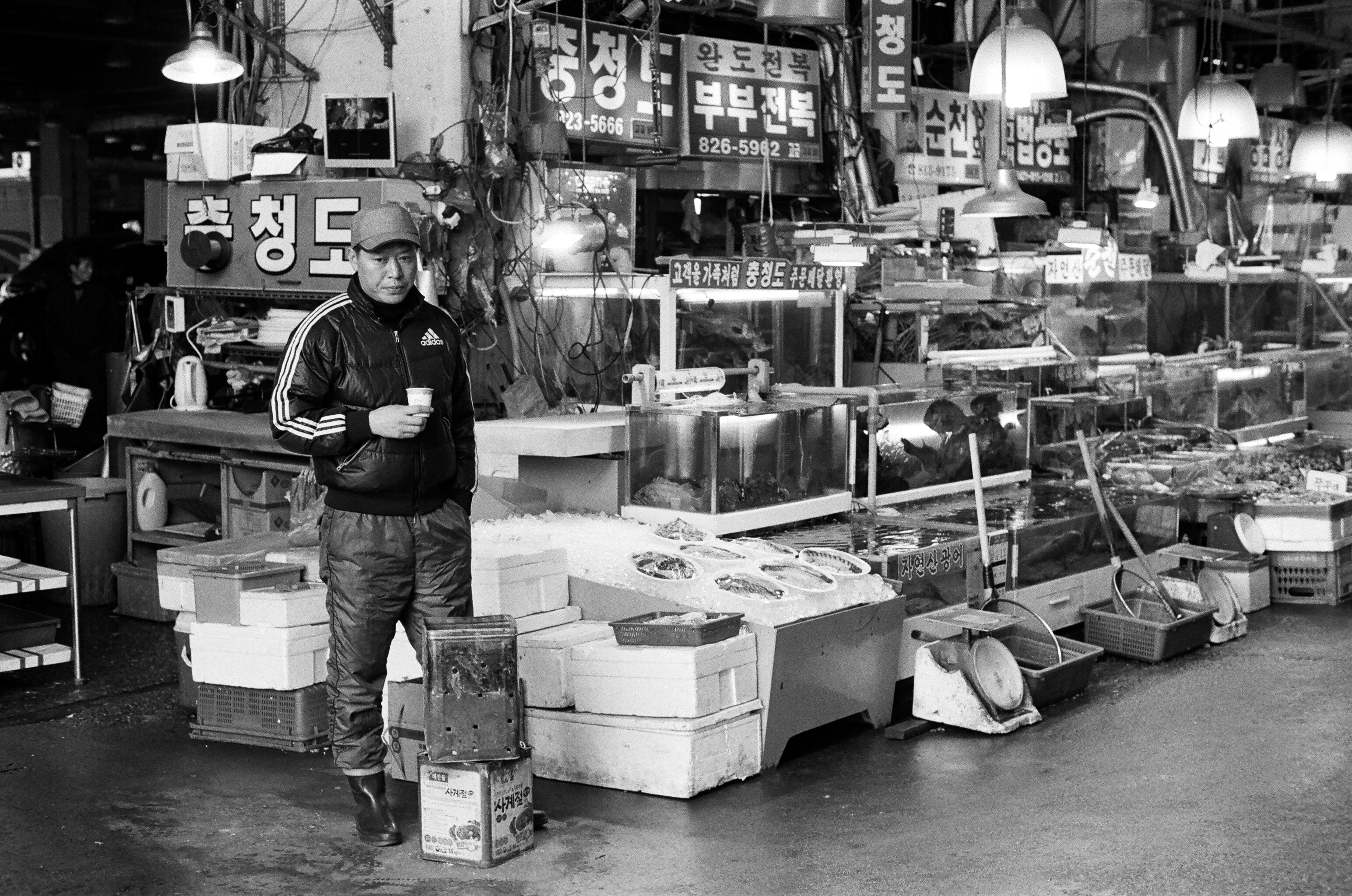
The revolution will not be branded: Art, symbolism, and the spectacle of resistance

What happens when Kendrick Lamar raps “the revolution will be televised” at the Super Bowl halftime show?
Gil Scott-Heron’s original poem, The Revolution Will Not Be Televised, was a scathing critique of mass media’s ability to commodify and dilute political struggle, an assertion that the revolution will not be captured so simply: the revolution will be on the streets, among the people. Lamar, a self-proclaimed prophet of Black resistance, transforms the phrase in an arena saturated with corporate sponsorships and billion-dollar advertisements. Is he subverting the space, using its platform to deliver a culture-shifting critique? Or is he leveraging revolutionary rhetoric for spectacle, repackaging dissent as an aesthetic?
This tension—between the revolutionary potential of art and its inevitable entanglement with capital—is nothing new. From the Renaissance masters who relied on the financial backing of the Medici family to contemporary musicians who must negotiate contracts with major record labels, the relationship between art and commerce has always been fraught with contradiction. When Andy Warhol painted the hammer and sickle in his signature pop-art style, was he making a Marxist statement, or simply appropriating leftist iconography as a consumer product? When the Paris Olympics invoked the French Revolution in its opening ceremony while displacing working-class residents, was it celebrating the revolution’s radical ideals or sanitizing them for nationalist myth-making?
Lamar’s halftime performance forces us to grapple with these contradictions. The image of his dancers forming an American flag might be an indictment of imperialism, but it is also a carefully curated moment within the hyper-commercialized machine of the NFL. ‘Revolution’, in this instance, is not only televised—it is choreographed, scripted, and sold. But does that render it meaningless? Or does it speak to the only way activism survives in the 21st century: by navigating the space between radical message and commercial spectacle, between authenticity and compromise? If the revolution must be televised, then who controls the broadcast?
Consider the case of Banksy, whose anti-capitalist street art is frequently removed, auctioned, and sold for millions. Originally meant to challenge corporate greed, his imagery has now become a luxury commodity—an outcome directly opposed to his intent. Even the most subversive art is vulnerable to co-optation, its radical edge dulled by the very systems it seeks to critique. Yet, artists can use corporate structures as Trojan horses, infiltrating mainstream platforms to deliver radical critiques to wider audiences. Financial backing provides resources that allow for greater artistic reach and production quality, ensuring that revolutionary messages are not confined to the margins (think Childish Gambino’s ‘This is America’). Furthermore, history shows that subversive art has often flourished within capitalist systems: bell hooks argues in Art on My Mind: Visual Politics that while the commodification of Black cultural expression can be exploitative, it can also serve as a means of resistance when artists maintain agency over their narratives. Even within capitalist frameworks, art has remained a powerful force for resistance, forcing audiences to confront uncomfortable truths, imagine alternative futures, and galvanize movements for change.
Perhaps the question, then, is not whether artists should co-opt revolutionary symbols, but whether these symbols can retain their potency once mediated through spectacle. The answer, to me, is clear. Symbols cease to be revolutionary in the hands of artists who use them within a commercialist agenda. If we accept that art is ‘revolutionary’ only when it is neatly packaged and branded, we accept that revolution itself can be neatly packaged and branded—and it cannot. This illusion turns commodified resistance into the ideal form of ‘peaceful’ revolution, erasing the reality that true revolution is neither clean nor marketable. Revolutionary art does not rely on spectacle; it disrupts the spectacle. It does not seek inclusion within mainstream culture but dismantles the conditions that make mainstream culture an agent of pacification. It is not about making resistance aesthetically pleasing or commercially viable—it is about making resistance inevitable. The oppressed will not be granted their freedom through corporate-approved symbolism; they will have to be violent, they will have to be disruptive. If the revolution must be televised, let it at least be a real one.
More dangerously, the rhetoric that revolution can be packaged is what leads us to be outraged by violent or disruptive revolutionaries. This false expectation forces a divide between those who demand systemic upheaval and those who seek to maintain comfort under the guise of incremental change. It slows the revolution, convincing us that progress can be made without disruption, that a softer, marketable resistance is enough. But revolution has never been easy, and it has never been comfortable. To accept branding as a revolutionary tool is to accept revolution on the terms of the oppressor, and that is no revolution at all.
That said, there is no singular or ‘correct’ way to engage in activism: while Kendrick Lamar’s performance may not have been an incisive critique of imperialism in the vein of Noam Chomsky, it was nonetheless a critique—one that existed in a space where silence could have easily prevailed. We often expect artists to take a stand, to use their influence to amplify marginalized voices and challenge oppressive systems and yet, when they do, they are frequently met with accusations of performative activism, capitalist complicity, or ideological dilution. Is this an unfair critique? Perhaps. But artists like Gil Scott-Heron did not merely gesture toward revolution; they created work that actively fueled it. It is not enough to applaud artists simply for doing something rather than nothing. This is complacency with the bare minimum: artists that seek to be revolutionary must do more than borrow radical symbols—they must actively contribute to the material conditions of change. The most radical artistic interventions are those that refuse to be co-opted, that reject the terms of visibility set by corporate and state power, that choose the underground over the mainstream, the inconvenient over the palatable.
So what happens when Kendrick Lamar raps “the revolution will be televised” at the Super Bowl halftime show? At best, Lamar’s performance prompted momentary thought about revolution, but even this was confined within the limits of commercialism (and a thirty minute commercial break), making real change unlikely. At worst, it distorted and branded revolution in a way that makes people skeptical of genuine upheaval—the kind that is messy, disruptive, and driven by the people, not the corporations. The kind that will not be televised, it will not be branded: it will be on the streets, among the people.∎
Words by Lina Osman. Image courtesy of Marc Wathieu via Flickr.







